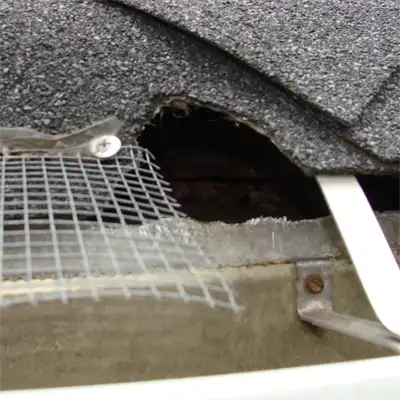
Ridding Your Home of Squirrels in the Walls
Understanding Squirrel Behavior
Squirrels are opportunistic creatures, which means that they will take advantage of any opportunity to find food and shelter. They are also very agile, able to climb trees and buildings with ease. These two factors make them particularly adept at entering homes through small openings in walls, roofs, and foundations.
Identifying Squirrel Entry Points
One of the first steps in preventing and removing squirrels from your walls is to identify where they are entering your home. Look for small openings, such as holes in the siding, missing or damaged shingles, and gaps around windows and doors. Keep in mind that squirrels can chew through wood and other materials, so even small openings can be used as entry points.
Preventing Squirrel Entry Into Your Walls
Once you have identified potential entry points, the next step is to prevent squirrels from entering your home. This can be done by sealing off openings with steel mesh or hardware cloth, and by repairing any damage to your home’s exterior. Keep in mind that squirrels can gnaw through wood and other materials, so it is important to use materials that are strong enough to withstand their chewing.
Removing Squirrels from Your Walls
If squirrels have already entered your walls, the best way to remove them is through a process called exclusion. This involves using one-way doors or exclusion funnels to allow the squirrels to leave your walls, but not re-enter. Once the squirrels have been removed, it is important to repair any damage they have caused and to prevent them from returning.
Squirrels can be a nuisance for homeowners, but with proper prevention and removal techniques, they can be controlled. By understanding squirrel behavior, identifying entry points, and taking steps to prevent and remove them, you can protect your home and keep these furry creatures out of your walls.


